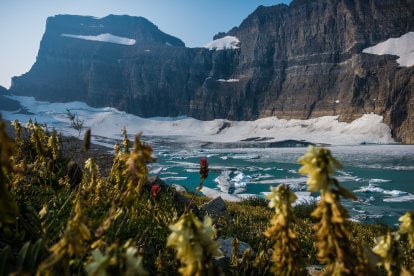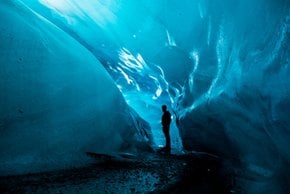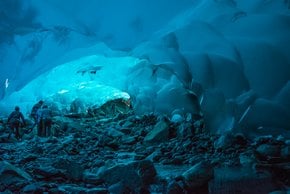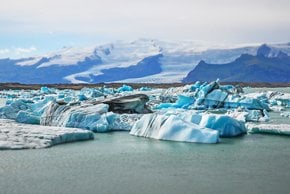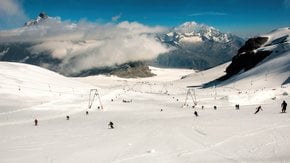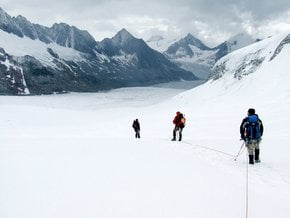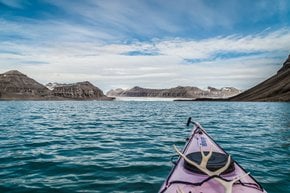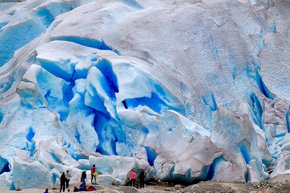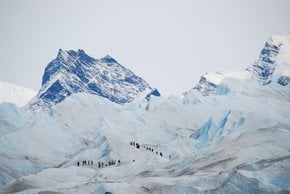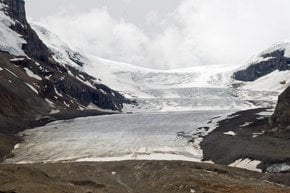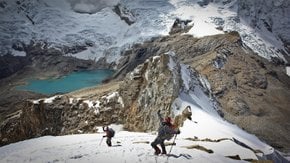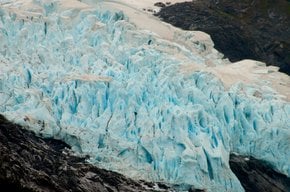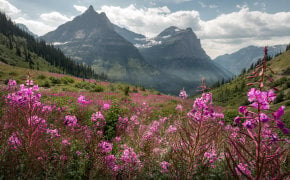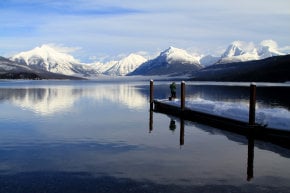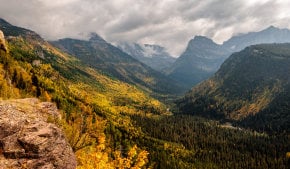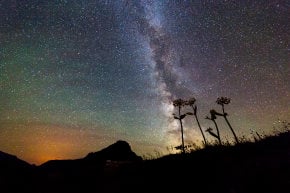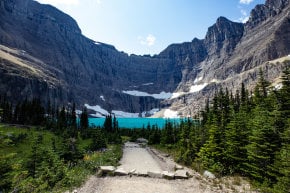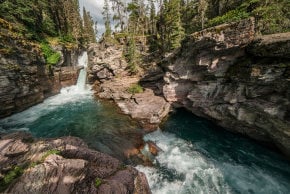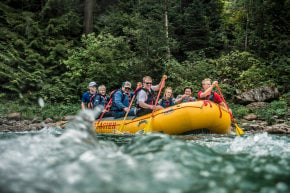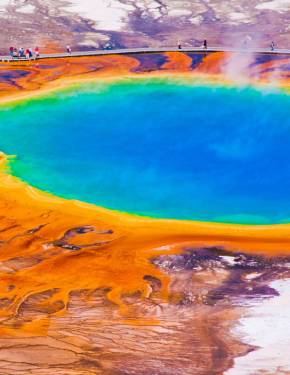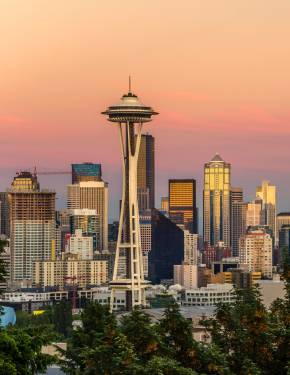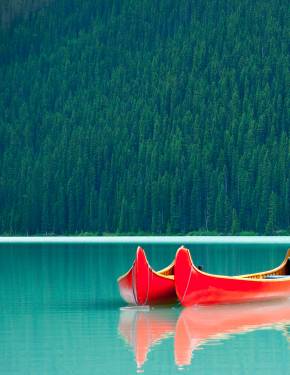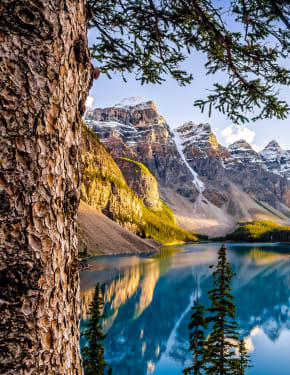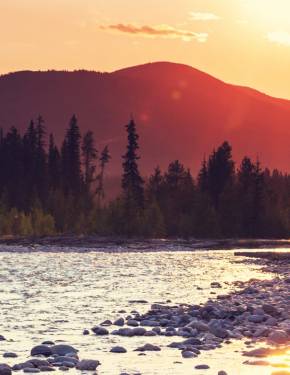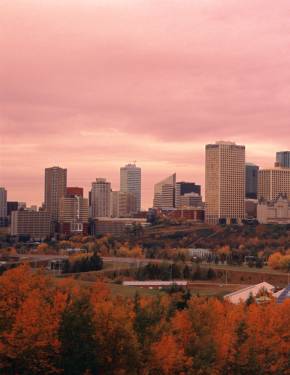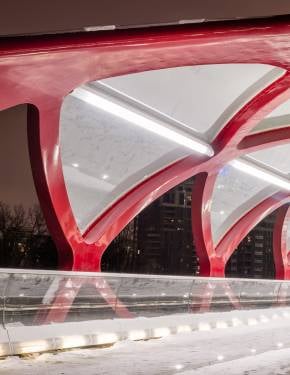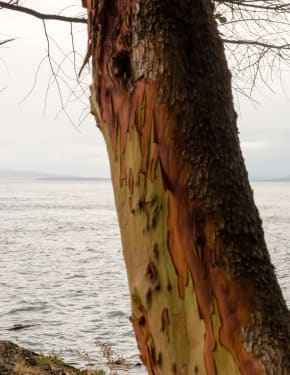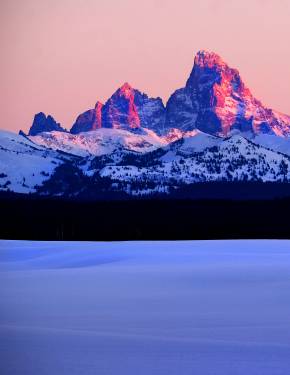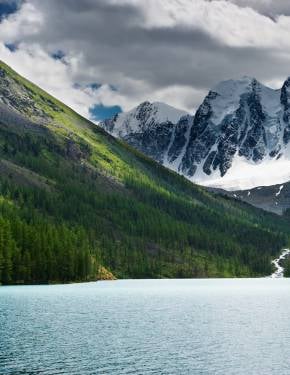Glacier Viewing in Glacier National Park, MT 2026
Don't miss your chance to see an active glacier
Best time: mid-August–early September
Montana is one of the top destinations for glacier viewing in the US, along with Alaska, Washington, and Wyoming. Although glaciers are rapidly deteriorating due to climate change, there is still a chance to see an active glacier at Glacier National Park. Don't wait too long: in the early 20th century, the park had over 100 active glaciers, but by 2015 only 26 have been left.
A glacier is a large body of dense ice accumulated over the years that can move under its own weight. As spring and warm weather arrive at higher elevations, there are still areas shaded from the sun where snow stays untouched even during the intense summer heat. Over the years, compacted snow becomes ice. When the snow and ice mass grows heavy enough, it falls, and the glacier forms at the foot of the mountain.
Glaciers at Glacier National Park can be visited only during the summer season since in the winter the majority of hiking trails in the park are closed due to snow and icy conditions. The best time to see the glaciers is late in the summer, from mid-August to early September, when most of the snow and ice in the mountains has melted.
Glaciers are located at high elevations along the Continental Divide, so it's not so easy to approach them. However, some of them can be viewed from the park's roads. Head to Jackson Glacier Overlook on Going-to-the-Sun Road to see the gorgeous ice mass from the distance. Salamander Glacier can be seen from Many Glacier Road. You can get a better view of a glacier if you are ready for a hike.
Grinnell Glacier
Grinnel Glacier is perhaps the most famous and scenic in Glacier National Park. It can be accessed via the 10-mile (16-km) Grinnell Glacier Trail, which starts at the trailhead in the Many Glacier area. This hike is rather challenging with about 1,600 feet (488 m) of elevation gain. The views are definitely worth it. The trail also features wildflower meadows and other attractions.
Sperry Glacier
Sperry Glacier, located west of the Continental Divide, was once among the largest in the park. Its surface has retreated 75% and lost 133 acres in the last 100 years. You can get a pretty good look at the Sperry Glacier from the Hidden Lake Overlook or take a hike there from Lake McDonald Lodge area. The extremely challenging 17-mile (27-km) hike features 5,000 feet (1,524 m) of elevation gain.
Sexton Glacier
Sexton Glacier is located north of Going-to-the-Sun Mountain at an elevation of 8,000 feet (2,400 m). The glacier's surface is about 68 acres (0.28 sq. km), it has deteriorated over 30% since the 1960s. Sexton Glacier can be reached by a challenging 10-mile (16-km) Siyeh Pass Trail, which features 2,300 feet (701 m) of elevation gain.
Even though hiking to an active glacier might be challenging, seeing one is indeed a unique experience. Most park's glaciers are at least 7,000 years old. They were the biggest in the mid-1800s, during the so-called Little Ice Age. We can only imagine how the park may have looked during the Pleistocene Epoch when the ice could have been a mile deep.

